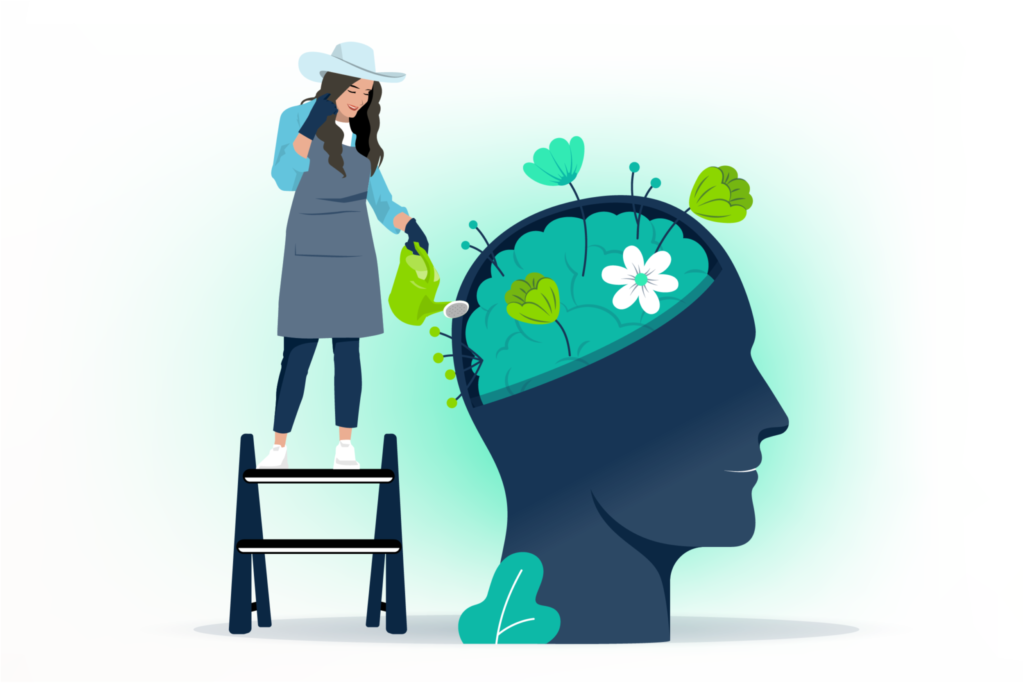We live in a world obsessed with performance.
We celebrate the achievers, the closers, the top performers — those who hit their goals and keep moving higher.
But here’s a truth that often gets buried under the pressure of deadlines and deliverables:
-> You can’t perform well if you haven’t learned well.
Before we shine, we must sharpen.
Before we deliver, we must develop.
And that’s where the difference between learning intentions and performance goals becomes life-changing.
Understanding the Two Mindsets
- Learning Intentions are about growth.
They focus on how you’re improving — gaining a skill, changing a behavior, or expanding your mindset.
The goal isn’t to win; it’s to understand, to explore, and to get better than you were yesterday. - Performance Goals are about results.
They measure what you can deliver — completing a project, achieving a target, or executing a plan efficiently.
The focus is on output — on applying what you’ve already mastered.
The challenge is that many professionals jump straight to performance without first investing in learning.
We aim to hit goals before we’ve built the competence to reach them.
And then, when we fall short, we label it as failure — when, in truth, it was just premature performance.
A Simple Example
Imagine you’ve always wanted to become a great public speaker.
If you start by saying,
“I want to deliver a TED Talk this year,”
that’s a performance goal.
But if you begin with,
“I want to learn how to structure my ideas clearly, manage my stage anxiety, and connect with the audience emotionally,”
that’s a learning intention.
Once you’ve practiced, reflected, and refined, then you can set that TED Talk as your performance goal.
And this time, you’ll not just speak — you’ll inspire.
My Experience with Both Perspectives
Throughout my professional journey — from my early years as a software developer to my current role as Head of Engineering — I’ve lived both sides of this equation.
When I started out, I was always focused on performance — meeting deadlines, shipping code, fixing bugs, delivering faster.
Every project felt like a race to prove competence.
But over time, I realized that chasing results without pausing to learn deeply was limiting my true growth.
That’s when I started setting learning intentions alongside my targets:
- Understanding why certain design decisions worked better than others.
- Learning how to communicate more effectively with non-technical stakeholders.
- Observing what made teams collaborate seamlessly under pressure.
When I shifted my mindset from “deliver more” to “understand better,” my outcomes improved naturally.
Learning created confidence, and confidence fueled performance.
Later, as I moved into leadership roles, I began helping my teams find this balance too.
I encouraged them to set learning intentions before every sprint — focusing on what skill or process they wanted to improve — and then define performance goals to apply that learning in upcoming releases.
The result? A healthier, more reflective, and high-performing culture.
I’ve seen firsthand how teams that learn together, perform together — and sustainably.
Why This Balance Matters
Without learning intentions, performance becomes stressful.
Without performance goals, learning becomes directionless.
We need both — but in the right sequence.
Think of it like a workout:
You wouldn’t start lifting heavy weights on day one. You’d focus on form, technique, and stamina first — your learning intentions.
Then, once your muscles are ready, you’d set weight-lifting targets — your performance goals.
Your career, leadership, and personal growth work the same way.
Every great performer once focused entirely on learning how to learn.
When to Use Each
| Situation | Focus On | Example |
|---|---|---|
| When developing a new skill | Learning Intention | Learn to manage conflicts calmly |
| When improving an existing skill | Learning Intention + Light Performance Tracking | Practice better feedback conversations |
| When confident in your mastery | Performance Goal | Lead a high-stakes meeting successfully |
Learning intentions fuel curiosity and patience.
Performance goals drive action and accountability.
Together, they create the rhythm of continuous growth.
My Reflection on Leadership
Over the years, I’ve learned that performance without learning leads to burnout — while learning without performance leads to stagnation.
As a leader, I now treat both as partners:
- I encourage my teams to experiment, make mistakes, and learn.
- I also hold them accountable to deliver outcomes that reflect that learning.
When this balance exists, the workplace shifts from being a pressure zone to a growth zone.
People feel safe to explore, evolve, and excel.
That’s the kind of culture every organization needs — and every professional should aim for.
Key Takeaways
✅ Use learning intentions when developing something new — a habit, a mindset, or a skill.
✅ Use performance goals when applying that skill to deliver measurable results.
✅ Growth is not about constant performance — it’s about purposeful progression.
✅ Great leaders create space for both learning and performing.
Remember: learning fuels performance, and performance refines learning.
That’s how mastery is built.
Final Thought
The most successful people aren’t just goal-setters — they’re intentional learners.
They don’t rush to perform; they prepare to perform.
So next time you’re setting your quarterly goals, ask yourself —
Am I trying to perform something I haven’t yet learned?
If yes, pause. Learn first. Then perform.
That’s how you create sustainable success.
Your Turn
- Do you focus more on learning intentions or performance goals in your work?
- How do you balance both in your professional growth?
- I’d love to hear your thoughts in the comments

